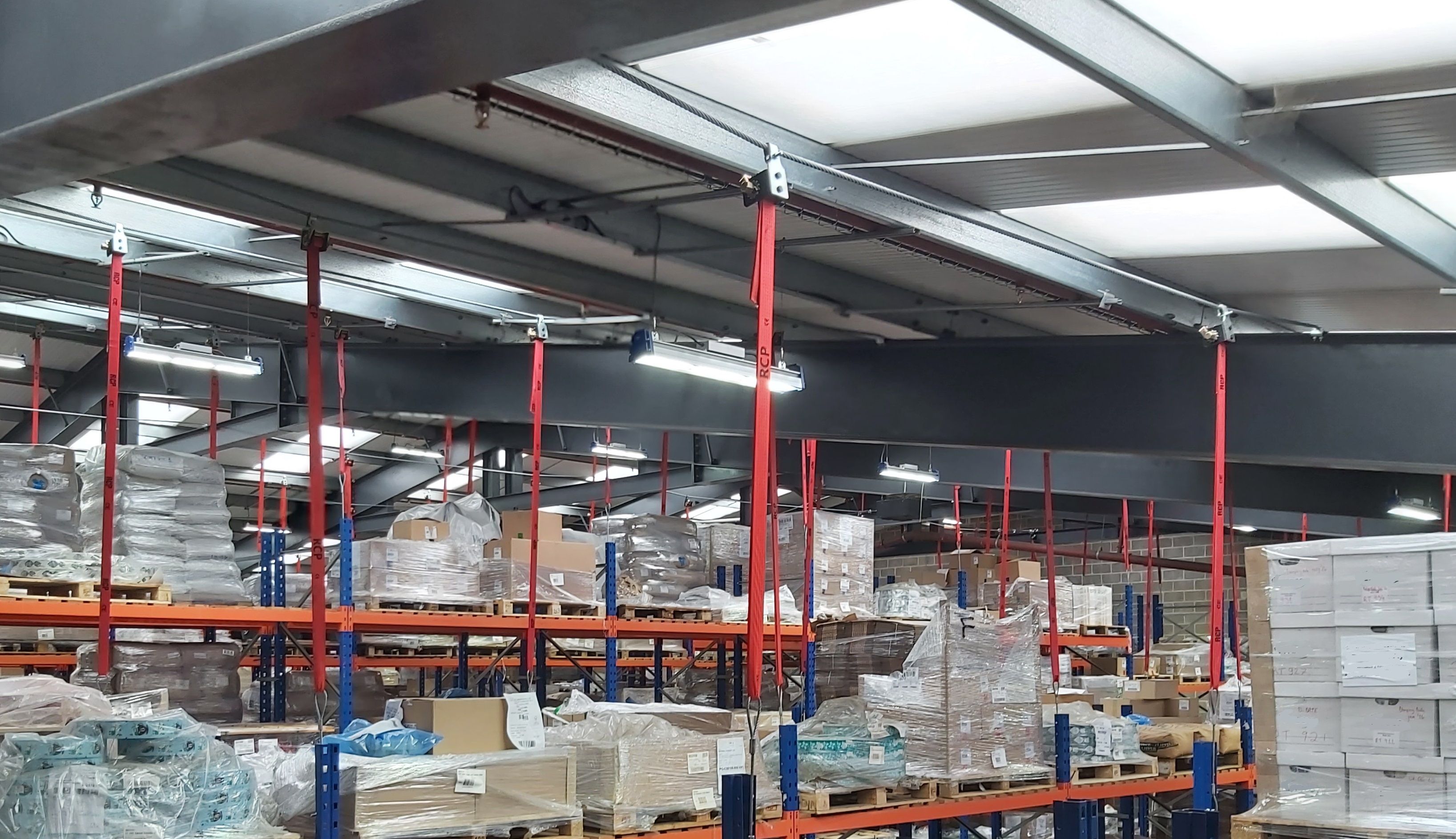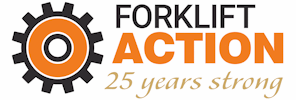Warehouse Insurance & Risk Factors

Risk Factors
Fire, Theft, Flood, Impact – the four main risk factors assessed by insurers which determine insurance premium levels.
Misuse of equipment within office buildings and workplaces tend to be the biggest cause of fires in the UK, whilst theft from suppliers and warehouses are increasing, and the average cost of a flood damage event (2021) was said to be around £82k.
Warehouse unit numbers continued to increase as demand for storage grew across the UK with Savills noting (2021 UKWA report) that for every extra £1bn spent online, a further 775,000sq ft of warehouse space was needed.
Warehouse Incidents
A racking near miss or incident resulting in consequences can be down to operator error or racking overload, and the business impact of a racking collapse can be significant:
- Operational downtime
- Damaged goods
- Supply chain issues/missing deadlines
- Environmental impact
- Loss of customer/employee trust
- Increased insurance premiums
- HSE report filing
- Criminal investigation/fines
- Damage to brand/impact of brand perception within the industry
Safety Systems
With a wide range of safety systems and solutions available, all are designed to protect against impact events whilst mitigating against racking collapse:
- Guards
- Rails
- Barriers
- Mesh
- Technology/sensors/cameras
Rack Collapse Prevention
Differing to everyday safety systems, Rack Collapse Prevention’s racking safety system supports from the top, not the bottom. Damaged racking legs under load experience considerable down pressure and can force legs to buckle and have the potential to create a domino effect on any other racking in its proximity.
Proven in real world racking impact events Rack Collapse Prevention’s safety system can be included at design stage or retrofitted, and when business needs change, it’s easy to adapt, extend, and move.
In the event of a racking incident our safety system prevents rack destruction even after total loss of rack-leg floor contact, eliminating any potential for product loss and the inevitable monetary impact felt, with business operations continuing in a matter of hours/days, not weeks.
Our system is top supporting meaning aisle space isn’t impacted, it’s cost effective, and installation is straightforward and, in most cases, can be installed around business operations.
With Rack Collapse’s safety system installed the racking load is never transferred to a building’s structure.
Operational Practices
Good operational practices lessen associated risks within warehouse operations for accidents, product loss and importantly employee’s safety, so:
- Keep pedestrians and forklifts apart
- Minimise warehouse staff numbers
- Encourage damage reporting
- Limit vehicle speeds
- Regular inspections: daily, weekly, monthly, annually
- Training/reassessment
Safety Checks
Good operating practices and a mix of physical inspections help towards keeping warehouse environments safe. Employing a mix of inspections, physical protection, training, racking safety systems and signage, together help to prevent and safeguard against the unthinkable – a full scale racking collapse.
When inspecting racking we suggest you follow SEMA’s simple ‘traffic light’ code of practise, which helps identify damage levels and allows you to prioritise the risk and appropriate action needed.
Rack Collapse Prevention’s Safety System
In a collision event, where Rack Collapse Prevention is installed, racking structures remain stable and most notably standing, protecting staff, stock, and removing the real possibly for substantial business disruption.
A proven racking safety system it is installed in warehouses and storage facilities across the UK, Europe, Ireland and the Western Hemisphere.
)
)
)
)
)
)
)
)
)
)
)
)
)
)
)
)
)
)
)
)
)
)
)
)
)
)
)
)
)
)
)

)
)
)
)
)
)
)
)
)
)
)
)
)
)
)
)
)
)